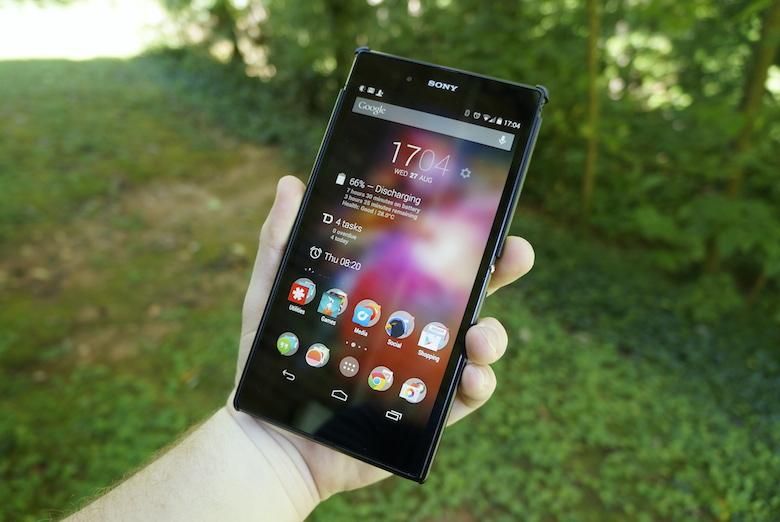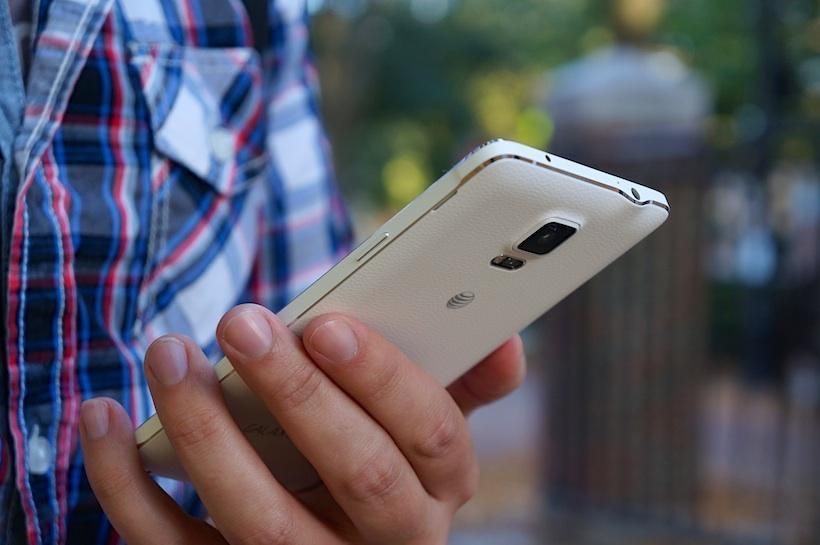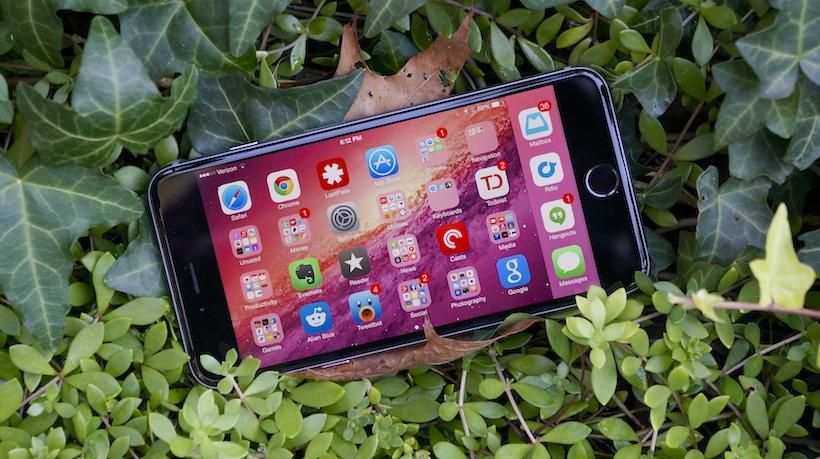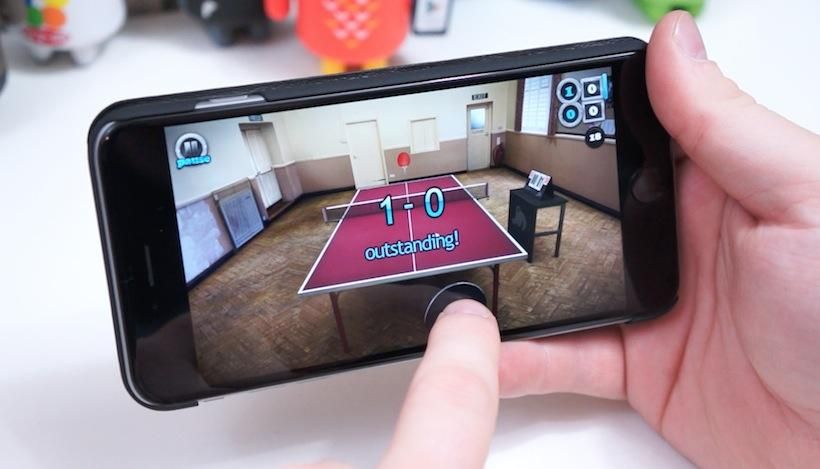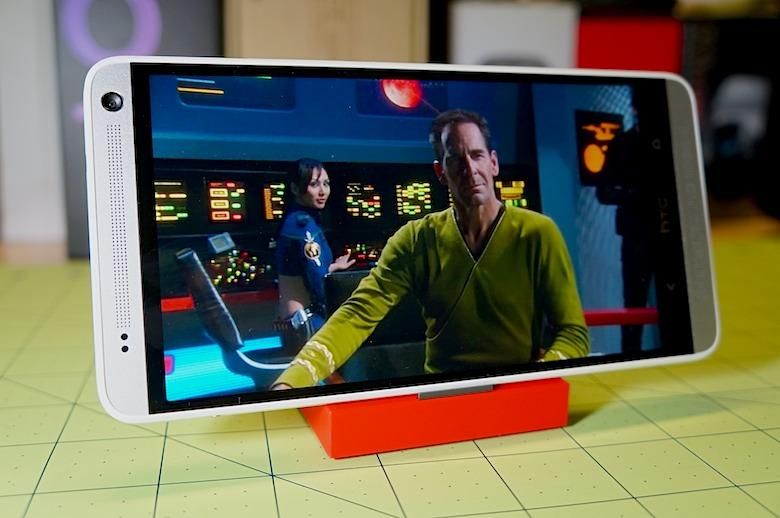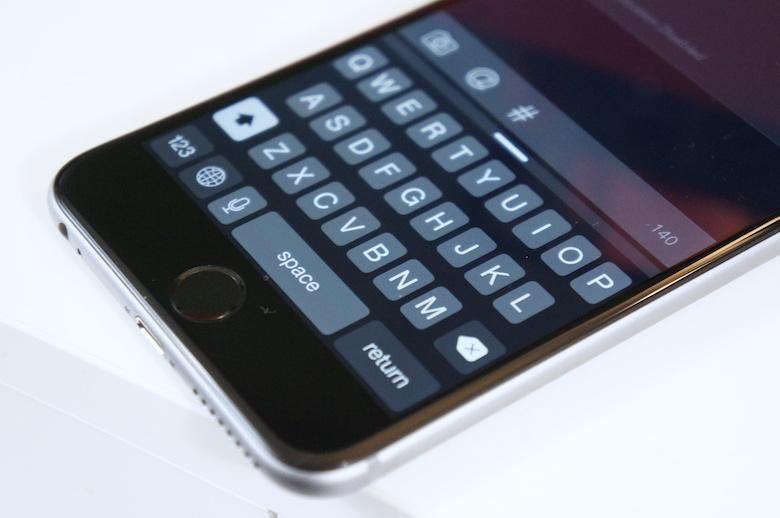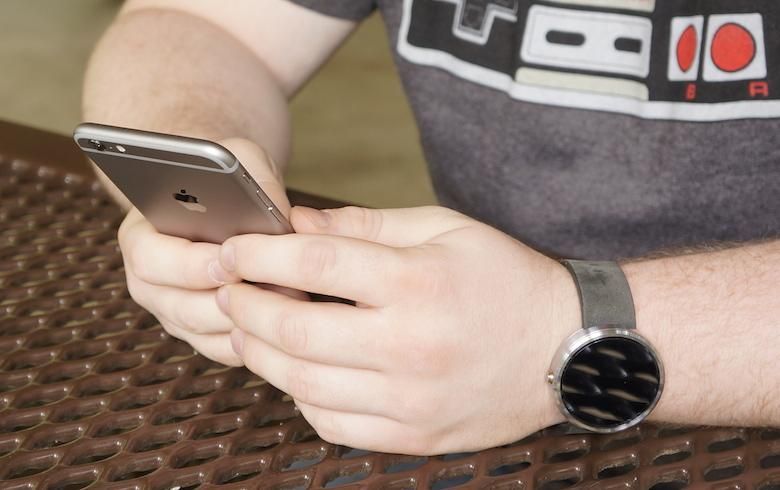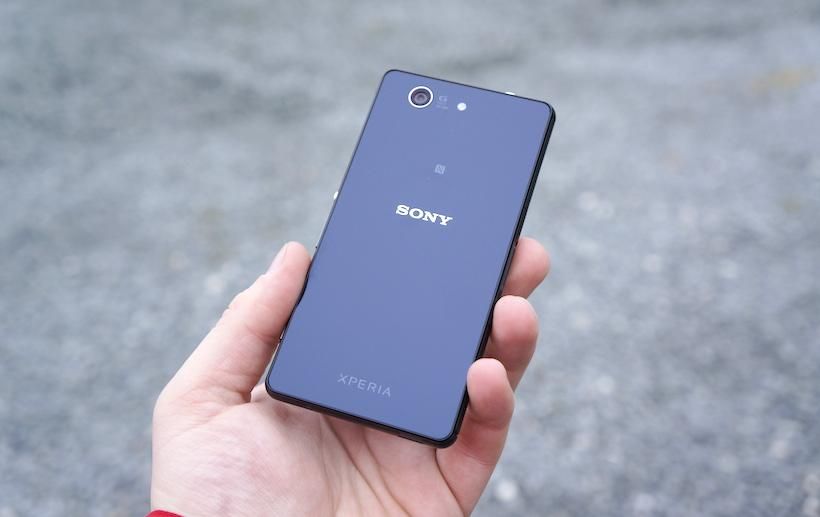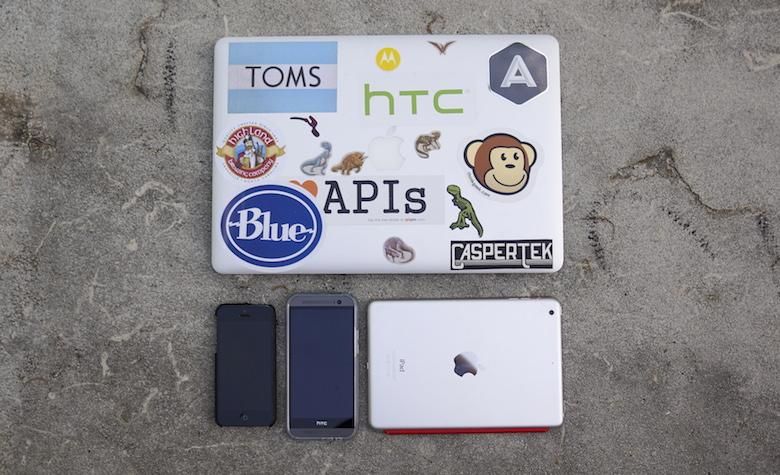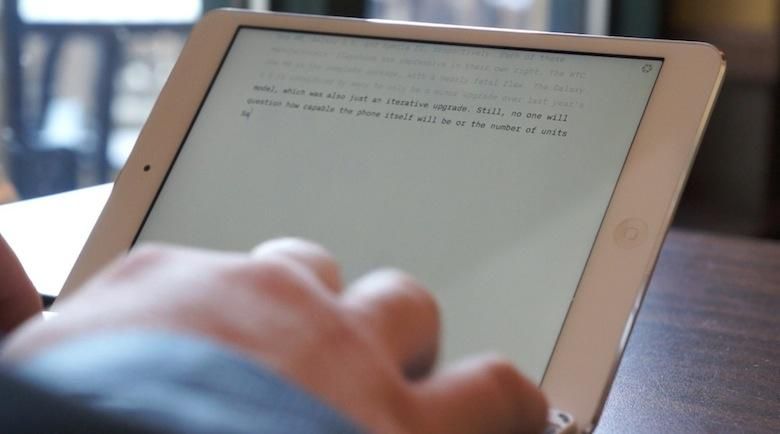I remember a time when a 4.3-inch display on a smartphone seemed absolutely absurd to most. My friends would ask me, “Why would anyone want a phone that big? I can do everything just fine on my phone.”
At that time, the average high-end smartphone sported a display that measured, diagonally, anywhere between 3.5- and 3.8-inches. An average person could palm any given phone and reach all four corners with their thumb without adjusting their grip of choking-up on the phone.
Those days are but a faint memory now. Three years ago, when I was carrying a then-normal 4.3-inch smartphone, I couldn’t help but scratch my head at the premise of a 5.3-inch phone, the original Galaxy Note. It was ludicrous. No one would ever buy that, I thought.
Turns out, I was wrong. A few months later, after going hands-on with the Note myself at CES, I bought one as my personal daily driver and I never looked back, nor did I question why such a large phone was necessary.
Since then, I’ve owned or reivewed just about every recognizable, oversized smartphone from any reputable manufacturer and I usuallly carry not one, but two oversized smartphones.
Why should anyone actually consider an oversized smartphone? What sort of benefits do they offer over the more reasonably-sized phones? Below, I’ve listed five great reasons why you should buy a phablet.
Better battery life … usually
Battery life, as I’ve explained more than once, is usually my biggest gripe with any smartphone, and it’s also the reason I have clung to bigger phones. With a bigger chassis comes more room to store a charge and, thus, most larger smartphones come with bigger batteries inside.
There is reason to believe that with larger displays, more pixels to push, and faster CPUs, the additional battery capacity might only match the sort of stamina you’re used to on your current, “normal” phone. However, in my experience, this simply is not the case. Most extra large smartphones I’ve used have come with exceptional battery life (by comparison, at least). The iPhone 6 Plus I’ve been carrying since launch has yet to die on me in a single day. In fact, I average about a day and a half of usage, even on heavier days.
So if you find yourself struggling to make it a full day with your current phone, you might want to consider going up a size.
Better suited for consumption
For most, the use case of a smartphone has changed, as well. Sure, most people still use smartphones to communicate, but fewer people are placing calls than a decade ago. Text-based communication, in many cases, is more convenient and timely.
With larger dislpays and more capable processors, however, multimedia consumption has become a major part of mobile users’ daily habits. Reading the web, watching videos, playing games, and listening to music have all become a primary function of smartphones for mobile users.
In many ways, a larger display is better suited for consumption. More data can be displayed at any given time on a web page or in a social feed, which means less scrolling. Obviously, pictures and videos are displayed larger, making them easier to see and usually clearer, even though a smaller display at the same resolution is more dense. And recently, developers and OEMs have been making software optimizations for larger displays to help quantify their usefulness. For example, rotating the iPhone 6 Plus to landscape while in Safari will reveal the iPad interface for Safari, which isn’t present on smaller iPhones. Samsung introduced its Multi Window feature – split-pane multitasking which allows two applications to run side by side – first on its Galaxy Note devices, but it’s now available on most high-end Samsung phones. However, it feels more at home and useful on the larger Note devices.
The same goes for reading eBooks, email, websites, or news feeds – either more information is packed onto a single page, or the text and images are larger and more visible.
Easier typing/gaming
With that added space comes room for one of the most important parts of using a smartphone: typing. More than anything, it’s the width of a larger display which makes typing with your thumbs on a smartphone easier. Virtual keyboards are larger with wider buttons, making the individual keys larger targets and leading to more accurate input.
Honestly, this takes time to get used to, but once you type on a larger smartphone, you may never want to go back to something smaller.
More on-screen space also comes in handy if you’re a mobile gamer. You can be more precise with your input with less effort. On-screen joysticks are the worst, but they don’t need to cover up as much of the display on a larger phone and they’re more accurate.
On a so-called phablet, almost everything is a larger target for your fleshy digits. Because of this, I’ve grown used to tapping out long email responses and holding hour-long conversations from my phones – something that used to frustrate me after mere minutes and force me to grab a tablet or my computer.
Two-handed use
Another aspect of oversized smartphones that takes some getting used to – arguably even more than typing on the larger keyboards – is two-handed use. With small smartphones, many of us have become used to using them one-handed, purely out of convenience.
After getting used to a large phone, using a smaller one might feel too cramped for comfort.
On an average smartphone, typing, scrolling, and practically everything can be done with just one finger – your thumb. An oversized smartphone usually demands two hands for most tasks, including the simple things, like unlocking your phone or accessing your notifications. This can be frustrating at times, especially when you don’t have both hands free.
However, if you take some time to get used to two-handed smartphone use, you may eventually prefer it. As crazy as it may sound, I do. Even though I’ve grown used to one-handed typing on the iPhone 6 Plus and Sony Z Ultra, but I don’t get frustrated when I need an extra hand to hammer something out, simply because I’m more efficient and comfortable typing two-handed.
It sounds like a really counterintuitive argument and like I’m grasping for straws in defense of extra large mobiles, but two-handed use is now natural and I prefer it in most cases.
Better device consolidation
Finally, a larger device can help you consolidate your workflow and the number of devices you rely on. It could be argued that smartphones which were too small for laborious tasks were the sole reason modern tablets (Android and iOS) came to be. But many feel that with a 5- to 6-inch smartphone, a tablet is no longer necessary for multimedia, emails, more casual and comfortable browsing, etc.
I’ve been off and on with this. I got rid of my iPad mini when I bought the iPhone 6 Plus, thinking I would rarely ever use my iPad mini with such a large iPhone. Turns out, that wasn’t the case at all. That said, overall, I definitely use tablets less than I used to when my smartphones were smaller.
Frankly, this part hinges on your personal workflow and the type of work you do, but the general consensus I’ve seen throughout comment threads, discussions with colleagues, and even newcomers to the oversized smartphone camp is that most feel comfortable doing more with a larger smartphone than with a smaller one. Seems logical, right?
Personally, I’ve been more content and comfortable with most larger smartphones than I ever was with anything smaller than 5-inches, and now I find it difficult to cope with anything smaller.
What say you, ladies and gents? If you carry a smartphone that is considered “oversized”, why do you prefer it over a smaller phone? What reasons would you list in defense of bigger phones, if any? Sound off with your thoughts and answers below!

